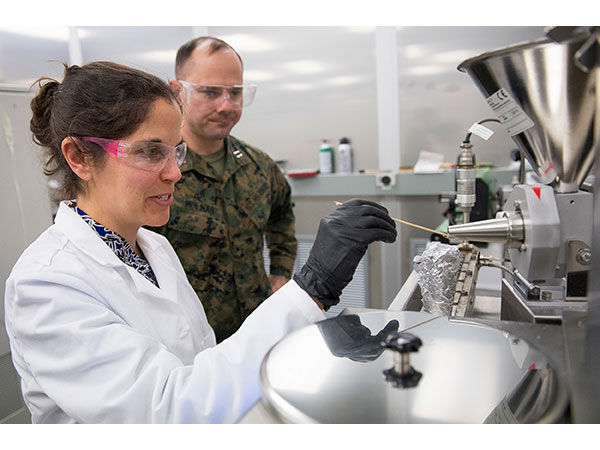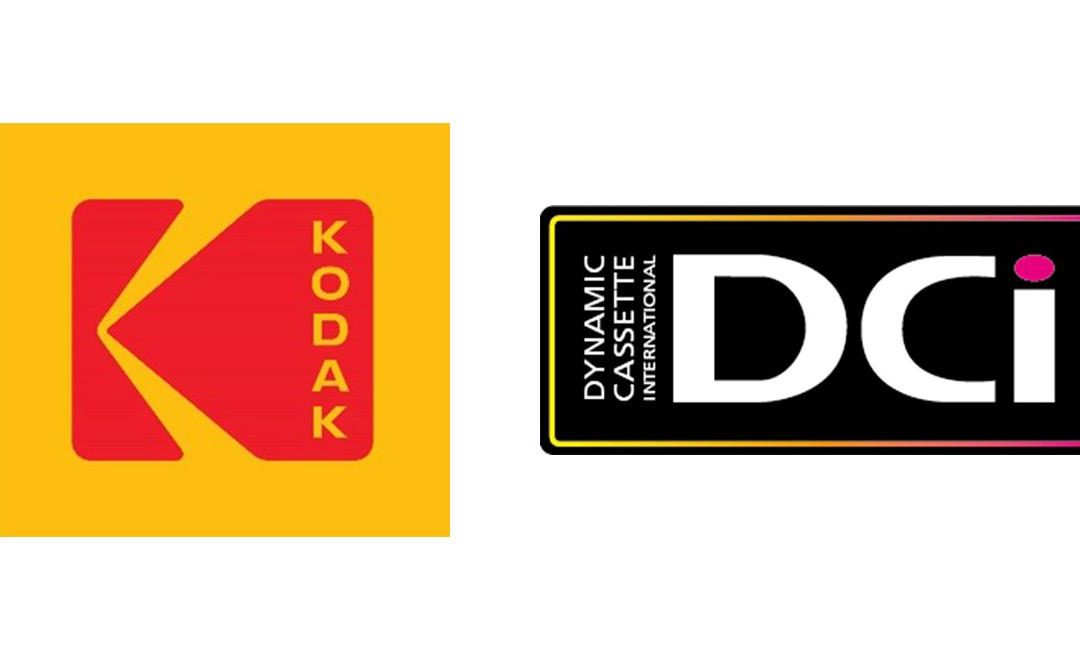
The US Army Research Laboratory have been using recycled polyethylene terephthalate plastic from water bottles and other waste materials to create material for 3D printing.
As 3D PRINTING INDUSTRY reports, with these materials, “service members can utilise 3D printers within frontline bases to speedily fabricate replacement parts for military vehicles, weapons and equipment.”
Through the use of these reclaimed materials, the army will be able to “cut costs, shorten military supply chains, and increase the independence of troops on forward operating bases.”
“Ideally, soldiers wouldn’t have to wait for the next supply truck to receive vital equipment,” explained Dr. Nicole Zander, Research Chemist at the ARL.
“Instead, they could basically go into the cafeteria, gather discarded water bottles, milk jugs, cardboard boxes and other recyclable items, then use those materials as feedstocks for 3d printers to make tools, parts and other gadgets.”
The process for converting these materials was developed by Dr Zander, U.S. Marine Corps Captain Anthony Molnar and laboratory researchers, once they recognised “the strength of waste plastics” as a resource stockpile for creating 3D printing filaments. Ordinarily, military bases sometimes have to wait up to a month for a new filament to be requisitioned, but this process will change that, as Captain Molnar explains.
“As our enemies have shown us, they can often outpace our ability to react to their new tactics and equipment. This new technology will enable the warfighter to more rapidly develop tools necessary to defeat an ever-changing enemy technology.”
The process used by the researchers at the ARL is called solid-state shear pulverisation, in which “shredded plastic and paper, cardboard and wood flour was pulverised in a twin-screw extruder to create a fine powder.” This powder was subsequently processed and turned into a 3D printing filament.
Having conducted tests, the researchers were able to conclude that “the new composites had improved mechanical properties, as well as improved strength for 3D printed materials.”
As a result of this success, the US Marine Corps and the ARL researchers “are now collaborating to build a mobile recycling trailer for specially trained soldiers to fabricate 3D printing filaments from plastic waste.” In addition, Dr Zander is investigating the possibility of 3D printing using plastic pellets instead of filaments.
“We still have a lot to learn about how to best process these materials and what kinds of additives will improve their properties,” said Dr. Zander. “We’re just scratching the surface of what we can ultimately do with these discarded plastics.”







